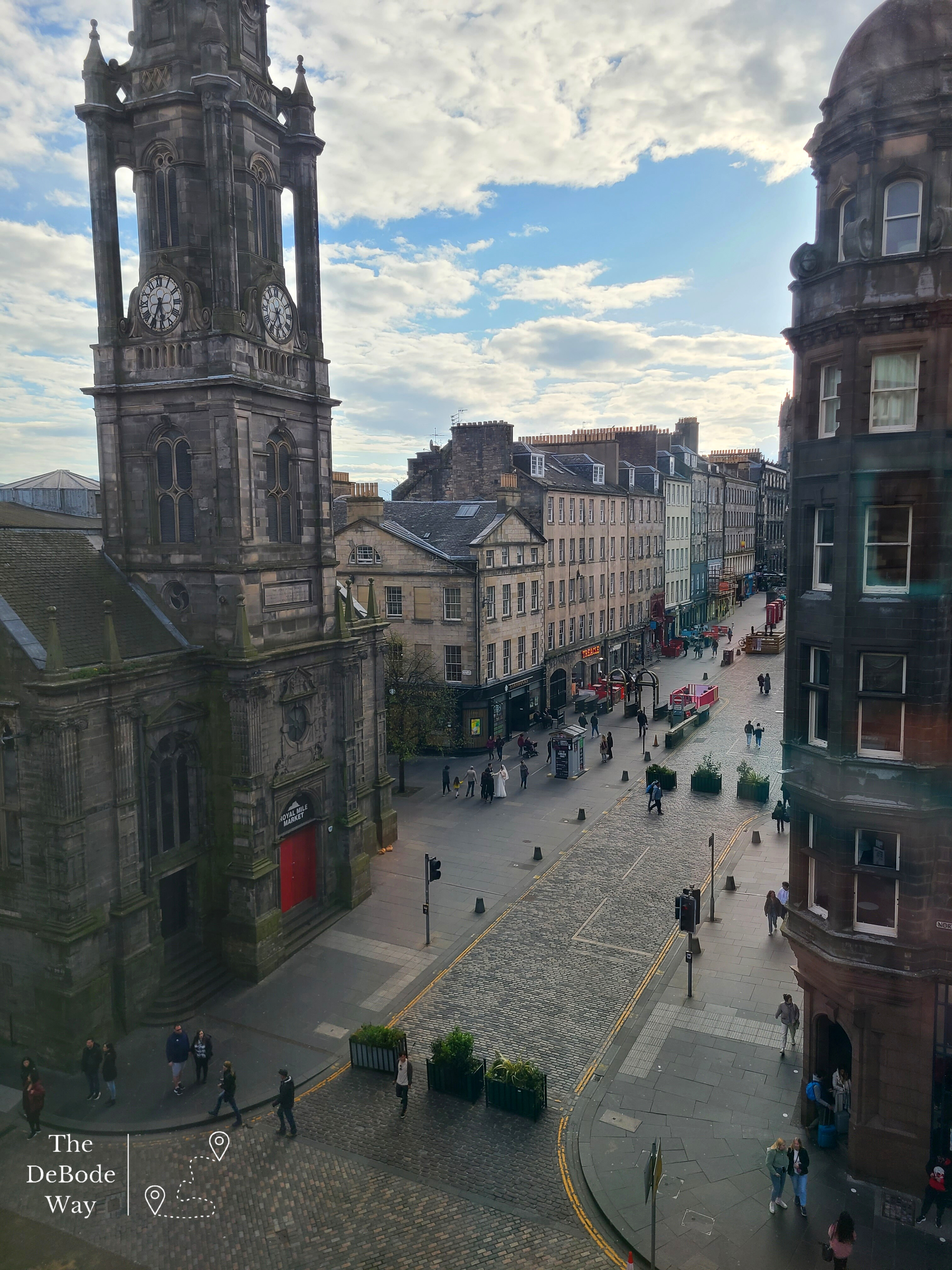Okay, so you’ve decided you want to travel. Yes! And you’ve decided where you want to go. Excellent! Now what? Ummm…help?
Once you’ve settled on a general travel destination idea, you largely have two options for booking your trip: DIY or hire a travel agent. We used a travel agent for our honeymoon and our first trip abroad and, while we had a fine experience, those were the last times we did so.
To be clear: we have nothing against travel agents or the people who use them. Travel agents are, in our experience, nice, helpful people. However, they charge for their services, and we found that part of the fun of travelling is planning the trip and finding deals that allow us to travel more often instead of blowing our annual travel budget on one trip. Or at least that’s what Tasha says (this is not Jason’s favorite part of travelling). So, when we plan a trip and how we want to travel (more on this in another post), here’s our process.
First, decide what time of year you want to take your trip. It might seem obvious, but the US isn’t the only country with seasons – either weather or tourism-related. That’s helpful information to keep in mind when planning your trip, particularly if you’re wanting to travel in the off season (what we try to do). Not everything is open and available year-round and if you’re travelling in the summer this often means crowds, lots of waiting and probably not seeing everything on your list.
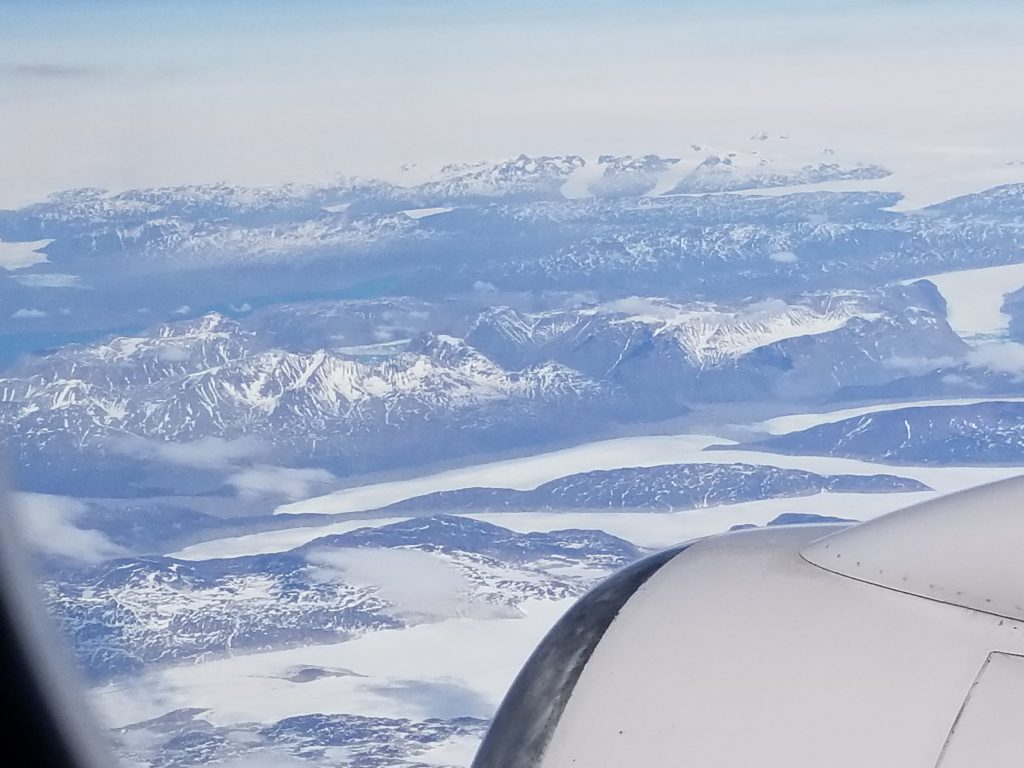
Second, and this seems strange, find your plane tickets before you settle on your dates. The single biggest expense, if you’re planning to go anywhere outside driving distance, is your flight. The more flexible your dates, the better deal you will find on your flight. Honestly, we often use this as our first step in the process before really deciding where we want to go and when we want to be gone. The price of flights is a huge determining factor on what is within reach for us, then we measure that against our work and acreage schedules and pick some dates. Generally, Tuesday, Wednesday and Saturday are the cheapest days to fly. Remember that whole “book your tickets on Tuesday” thing from years ago? That’s not a thing anymore. You can book them any day of the week but maybe keep an eye on them for a little bit if you have some time to spare. We like to set a flight tracker about 6 months out and keep an eye on the price trend before we decide to book.
We use Google Flights’ “Explore” feature for ideas on where to go. If we have a specific place in mind but not specific dates, we use their regular flights tab. When selecting your dates, be sure to wait a few moments for the prices to load in the calendar feature. You can easily see which dates have the cheapest ticket prices and adjust the length of your trip based on the price you’re looking for. This feature and using flight prices to determine the length and timing of a trip has saved us thousands. Sometimes that means we travel in seasons that aren’t completely ideal, but that also often means we aren’t fighting crowds for that perfect shot or hurrying from place to place only to waste most of our day standing in line. Just things to consider. This is also a way to experience things you never would have in high season, like those first breaths of spring air, the crispy fall mornings and the northern lights – which are still on my bucket list.
Third, decide what you want to see and do while in-country. Not sure what to do? TripAdvisor is a great resource for entertainment, tour ideas, restaurants, and little hidden gems; check it out and see what other, ordinary folks think the neat things are to do. Create a free account, then create a “Trip” and keep track of ideas. You can even use Trip Advisor to create a full itinerary for each date of your trip, which is a super helpful resource for keeping track of addresses, opening hours, and bits of info all in one place without having to print and haul paper around or rely on potentially spotty cell service or wifi. Pull them up before you go out and snap a quick screen shot.
A country or area’s tourism page is another great resource. Or ask your friends who have been there for recommendations. Or read a book. Or do a Google Search. Or ask Rick Steves. We like Rick Steves.
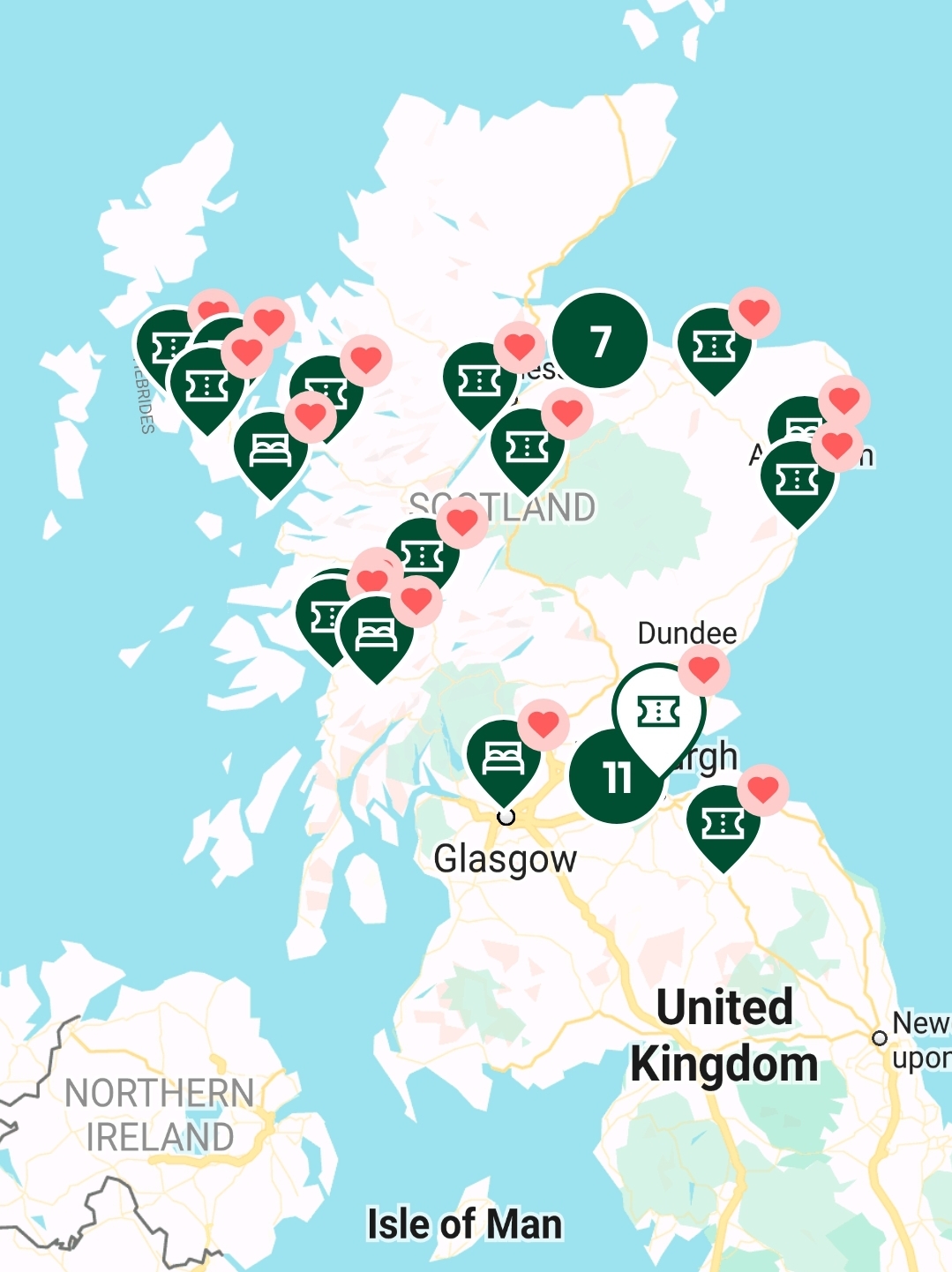
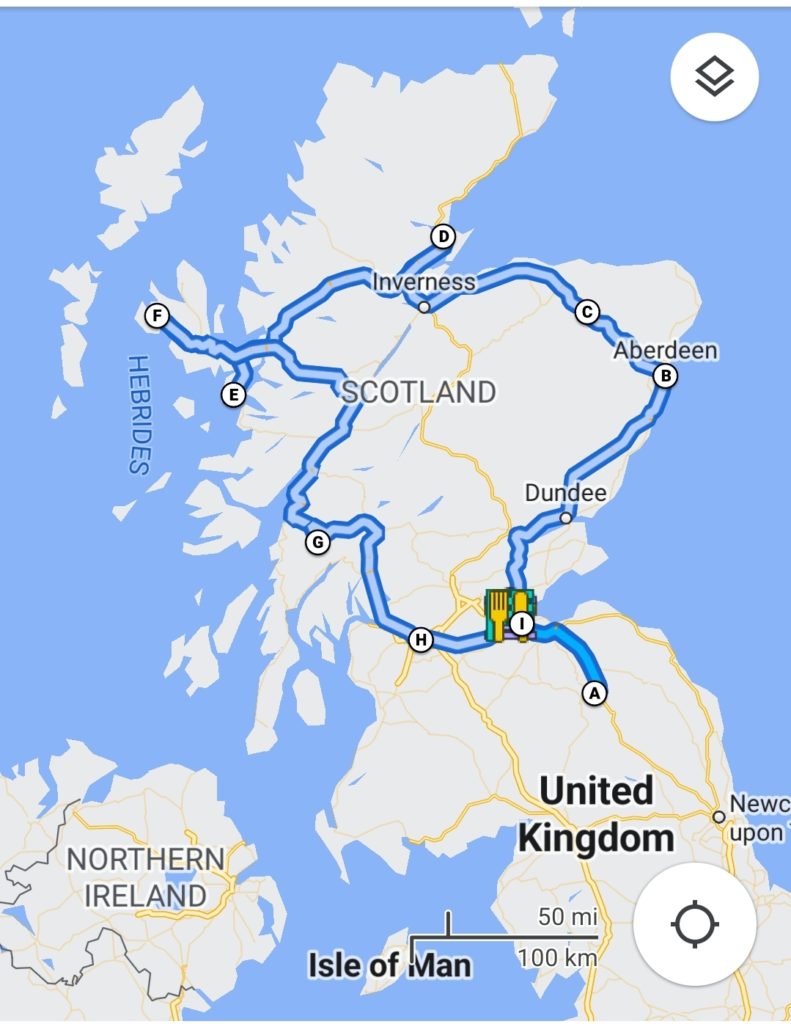
Fourth, once you know what you want to do and where those things are because you’ve saved them in Trip Advisor and it automatically creates a great little map for you, you can take that map over to Google Maps, or whatever map you prefer to use, and plot them out. This will allow you to draw your route from Point A to B to C and so on. Which leads us to #5…
Fifth, how do you want to get from place to place? There are all kinds of ways to get between locations (discussed more in a different post), but our favorite way is to rent a car and go our own way. That gives a ton of flexibility, but the driving responsibility is, of course, on you. Some countries offer you the option hire a private driver, but that tends to increase costs considerably, so we’ve never done it. Driving in another country is an adventure all its own. Some countries require you to obtain an international driver’s license and a test to learn their road signs and laws, some don’t and yours will do. Be sure to check the proper government regulations before showing up to rent your car and maybe figure out which side of the road/car you’re supposed to be driving on. 😉
If renting a car is not your jam there are loads of public transport options in other countries. The US is a bit spotty in this area, but they are there if you look hard enough. In Europe, we’ve been on a couple buses, love riding the high speed train and using metro systems in cities, some hotels offer shuttles to and from the airport and you can almost always catch a cab, Lyft or Uber. It all depends on your preferred style and level of independence. Just be aware if you plan to spend a significant amount of time in rural areas that there is much less public transport. Be sure to plot it all out ahead of time, find the stations and know your options.
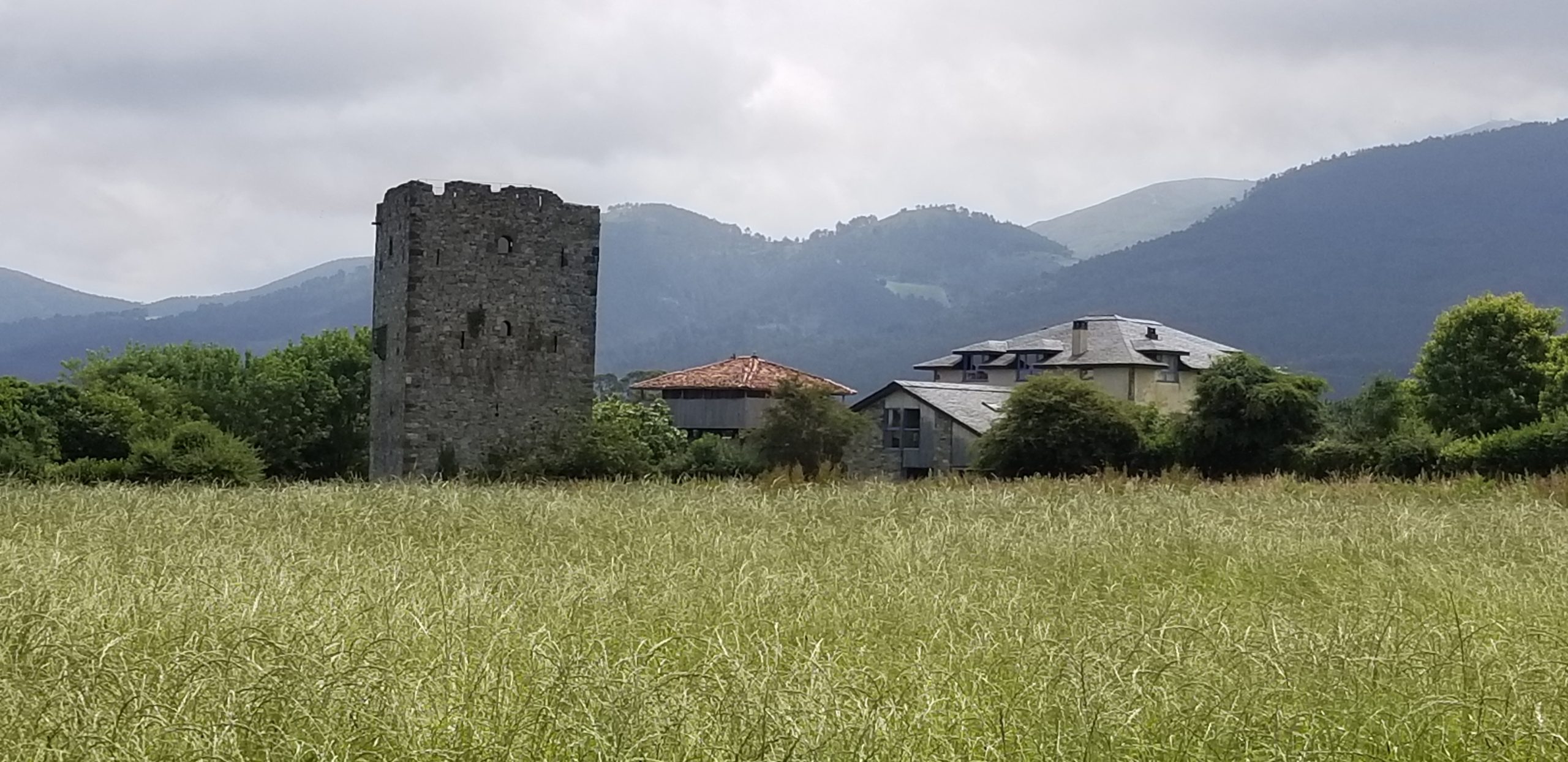

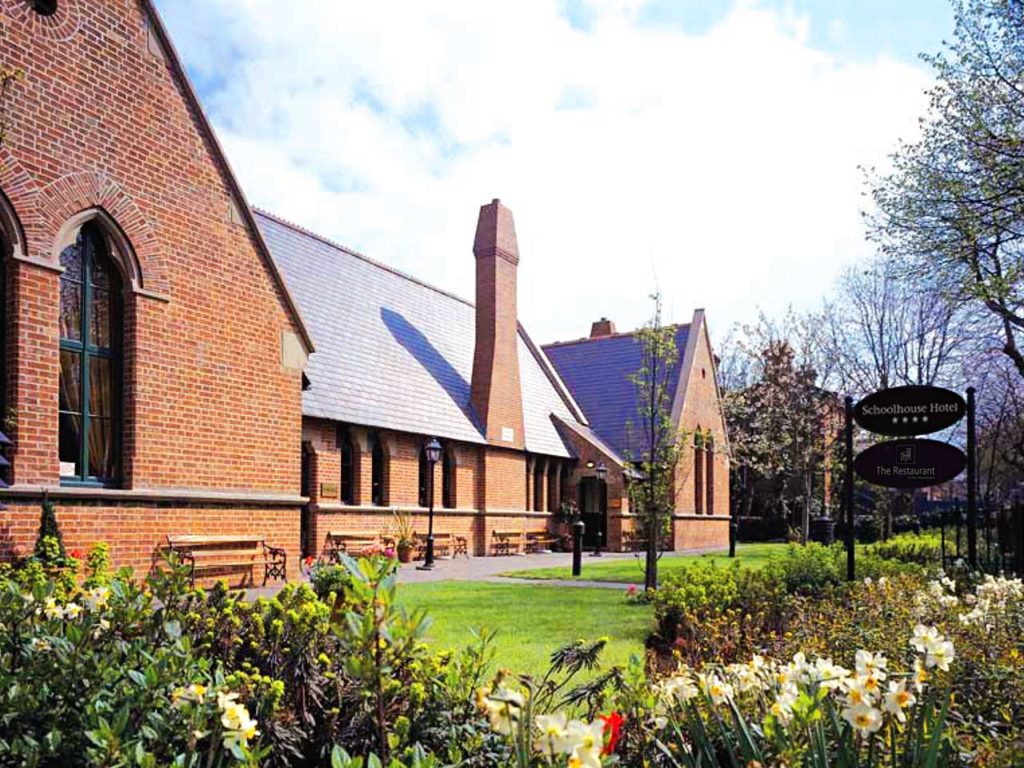
Sixth, once you know your route and how you plan to navigate it, think about what kinds of hotels or other accommodations you’re comfortable using. This is the LAST thing we worry about booking unless we are going somewhere small and exclusive, like a resort. When in Europe, we really like to stay at little local bed and breakfast locations, so we look for those along the route we’ve plotted in Step 4 (again, TripAdvisor, Air BnB and Google are your friends). That also means we get to stay in smaller towns and villages, which really immerses you in the local culture. It also underscores the need to rent a car, because most public transportation only operates within or between bigger cities. Prefer more familiar hotel chains instead? No problem, but that probably means you’ll stick to the larger cities, which can be handy when it comes to travelling between locations, as trains, busses, and cabs are usually in plentiful supply in most major European cities. That means you don’t really need to rent a car but can let others do the driving for you while you look out the window and take it all in.
Before you know it, you have a trip planned! Yay! Or…you know…you can visit the friendly travel agent and have them do the planning for you. You do you. 😊




